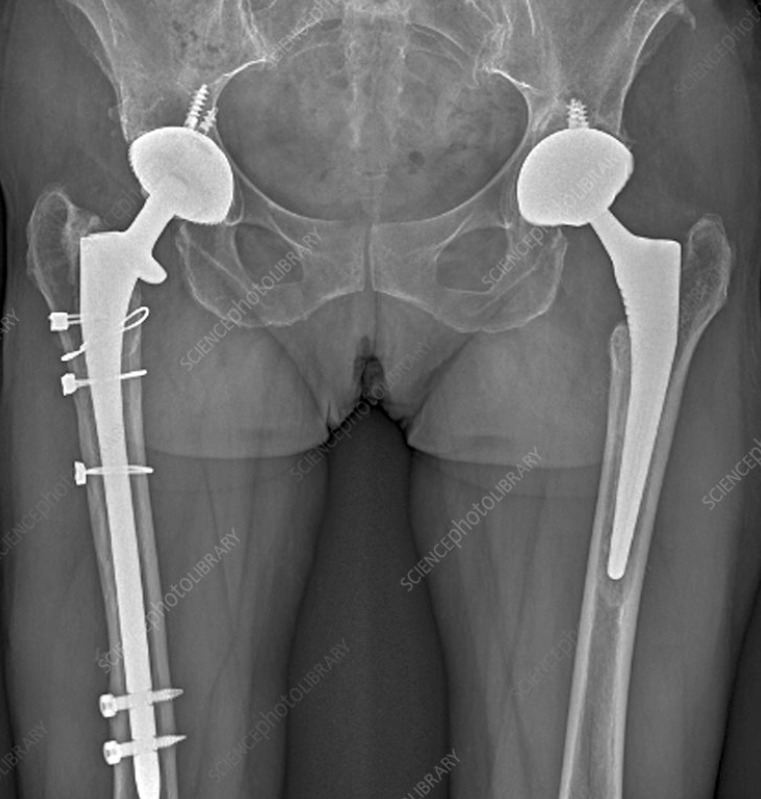



Total hip replacement After a total hip replacement (THR), the initial focus is on pain management and regaining mobility. You'll likely spend a short time in a recovery room where pain medication will be administered. physical therapists will assist you in starting to walk as soon as possible, often with the aid of crutches or a walker. Once discharged, you'll need to continue your recovery at home. You should be able to walk with a walker or crutches without much assistance within 2 to 4 weeks. It's crucial to have someone to assist you at home for the first 1-2 weeks, helping with meals, bathing, and daily activities. Timeline and Return to Activities Walking: Walking is a key component of recovery. Walk as much as is comfortable, gradually increasing the distance each time.Focus on a normal gait pattern. Exercises: Regular exercises are essential to restore hip motion and strength. Early exercises often include ankle pumps, quad sets, glute sets, and heel slides, performed multiple times a day. As you progress, exercises like bridging, froggers, and straight leg raises can be added. Hip Precautions: It's important to follow hip precautions to prevent dislocation, especially in the first few months..These precautions often include avoiding bending the hip more than 90 degrees, crossing the legs, and internal rotation. However, some sources suggest that strict precautions may not be necessary in all cases. The success of your recovery and the time it takes to get you back to a level you were previously will depend on your dedication to your treatment programme. At this stage of your rehabilitation you will continue to improve with physiotherapy treatment so that you reach your maximum potential. Recovery may take up to 6 months but physiotherapy will improve your quality of life and ability with sporting or daily activities.
We hate spam too.